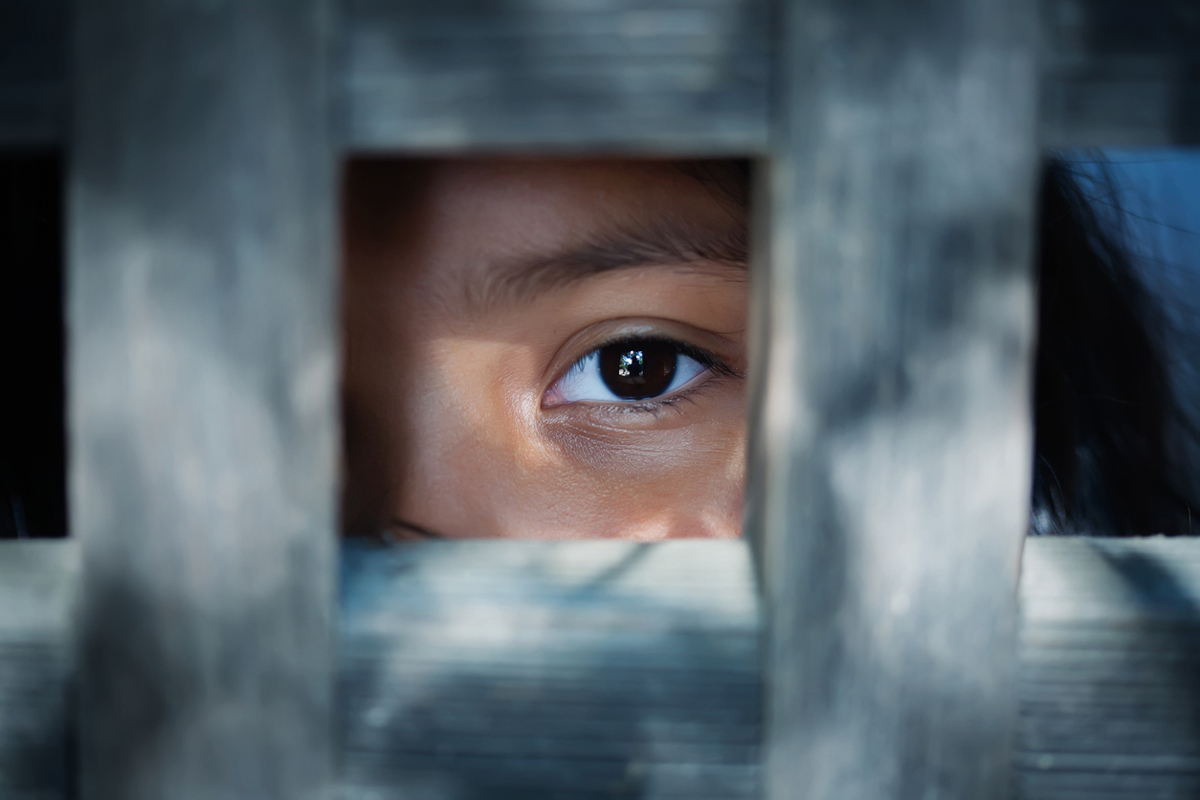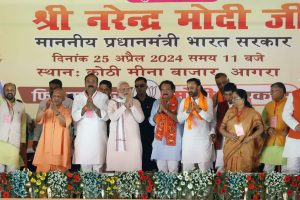Adversity-free childhood is perhaps the most desirable feature to ensure better human capital. But the presence of one billion child labourers worldwide with a disproportionate share in India is quite disheartening. This alarming adversity is backed by a pronounced commitment to Sustainable Development Goal 8 with a target to eliminate all child labour by 2025, one that remains far from getting realised in this decade.
Along with an encouraging trend of declining magnitude of this phenomenon in India over the last three decades, the nation continues to have a count of 8 million child labourers. The Convention on the Rights of the Child (CRC) calls on nations to take effective measures to eliminate it because it is the most heinous form of child abuse and exploitation, as well as a major impediment to social justice and the right to a decent life.
Despite the enactment of the Child Labour (Prohibition and Regulation) Act in 1986 & 2016 and Right to education (2009), children in India continue to remain extremely vulnerable to human trafficking, illiteracy, poor physical and mental health experiencing a failed childhood that compromises the future quality of human capital.
The pride of India’s population coexists with the largest share of child labourers. India is home to a number of child labourers that exceed the population of nations such as Switzerland, Norway, Iceland, Denmark, Sweden, and Ireland which rank at the top as regards human development.
According to a report by the Kaillash Satyarthi Foundation and Census 2011 projections, India will have 7.8 million child labourers in 2023, with a 57:43 malefemale ratio. Despite a decline in the annual child labour rate in 2001-11 (-2.01 per cent) being higher than the same in 1991-2001 (1.16 per cent) and 1981-91 (-1.88 per cent), India continues to have a reasonable count.
The absence of census 2021 serves as a handicap in obtaining an accurate count of child labourers. The encouraging rate of decline in the prevalence of child labour does not qualify at the sub-national level with an increasing share in select states such as Kerala (5.68 per cent), Himachal Pradesh (1.62 per cent), Uttarakhand (1.62 per cent), and Uttar Pradesh (1.22 per cent) where the magnitude of child labour increased significantly between 2001 and 2011.
On the contrary, states such as Telangana (-7.22 per cent), Haryana (- 6.6 per cent), Karnataka (-6.47 per cent), Andhra Pradesh (-6.41 per cent), West Bengal (-4.34 per cent), Madhya Pradesh (-4.11 per cent), and Rajasthan (-3.90 per cent) registered a massive decline during the same period. In absolute terms, Uttar Pradesh (2.1 million), Bihar (1.01 million) and Rajasthan (0.8 million) had the largest numbers while Kerala (0.04 million), and Delhi (0.03 million) had the least count in 2011. By 2025, Uttar Pradesh, Bihar, Maharashtra, Rajasthan, Gujarat, Madhya Pradesh, and Jharkhand will have the highest rates of child labour.
The estimated number of children working in 2025 will amount to 74.3 lakh of which 60.2 lakh will be shared by seven states. As a result, if these states are given special focus in implementing measures to end child labour, the incidence of child labour in India could be minimised, if not eliminated.
The estimates of district level projection observe that districts such as Mahe, Lakshadweep, Lahaul & Spiti, Diu, idduki, North & Middle Andaman, Lohit, Kollam, and New Delhi remain as the most vulnerable in terms of rising prevalence of child labour while Lakhimpur, Krishna, Mahendragarh, Lalitpur, Doda, Nirmal, Kolhapur, Karauli, Nanded, and Lucknow are the ones recording a shrinking incidence of child labour. Districts with the highest concentrations of child labour, in terms of absolute numbers, include Allahabad, Ghaziabad, Bareilly, Kurukshetra, South-24 Parganas, Patna, Idduki, Bangalore, Navsari, and Alwar.
Child labour is an essential manifestation of poverty that traps children in a vicious cycle. While child labour frequently appears in low income households, it regenerates itself resulting in the widespread integrational transmission of poverty.
Owing to impoverishment, a child enters the workforce with the implications for another generation compromised on adequate skills, literacy, competence, and overall well-being. It limits a child’s well-being in terms of education, physical and mental health, social and economic opportunity, and deprivation on multiple facets in later life. It leads to multidimensional deprivation, marginalisation, and exploitation with explicit violation of children’s fundamental rights to equal opportunities, social justice, and a decent life.
The Right to Education Act (RTE), an Act of the Indian Parliament, guarantees children between the ages of 6 and 14 the right to free and compulsory education under Article 21a of the Constitution. The fundamental purpose of this Act is to universalise child schooling with no out of school children irrespective of the marginalised/impoverished status of their households. However, it appears that the RTE Act fails to prevail on ground and results in the staggering number of child labourers.
This Act is complemented with numerous schemes of free provisioning like clothing, food and learning aids. But by failing in implementation, we not only sustain child labour but also violate constitutionally guaranteed fundamental rights. While we claim advances in educational attainment at large, a whole lot of children denied basic education need not be overlooked.
Hence sustained child labour can partially be blamed on failure of implementation of RTE Act. In this platinum decade of India’s independence, the inability to ensure a decent childhood does reflect dysfunctional child labour laws, focusing only on the “prohibition” and “regulation” of child labour rather than advancing the country’s fundamental goals of eliminating child labour. The Child Labour (Prohibition and Regulation) Amendment Act, 2016, is undoubtedly a later thought that comes 15 years after the right to elementary education and six years after the RTE act. As opposed to the 1986 Child Labour Act, the Act of 2016 expressly prohibits children from engaging in any form of labour that comes in conflict with their right to education.
This legislation, however, is ambiguous in two ways. First, there is no stated minimum age below which children are not entitled to work, not even in exempted sectors. Second, there is no prohibition on employment in hazardous occupations or processes carried out as part of family work. Hence, the child labour law does have a serious conflict with the RTE Act, and the amendment appears to be one step forward with two steps back.
A genuine inclination without a serious intervention sustains child labour in India. Although the nation has been partially successful in arresting its growth, this evil persists. A nation that cannot guarantee decent childhood for its children is a failed nation and India with a count of 8 million children denied their fundamental rights needs multi-sectoral intervention to address this concern.
Such intervention needs a comprehensive identification of these vulnerable children as well as their parentage/household to resolve this menace on a warfooting. A perfect prescription lies in three I’s – identification, intervention and implementation. Vouching for a decent childhood for all children ensures an ideal future citizenship for the nation.
(The writers are, respectively, Senior Fellor and Professor at the International Institute for Population Science, Mumbai.)











